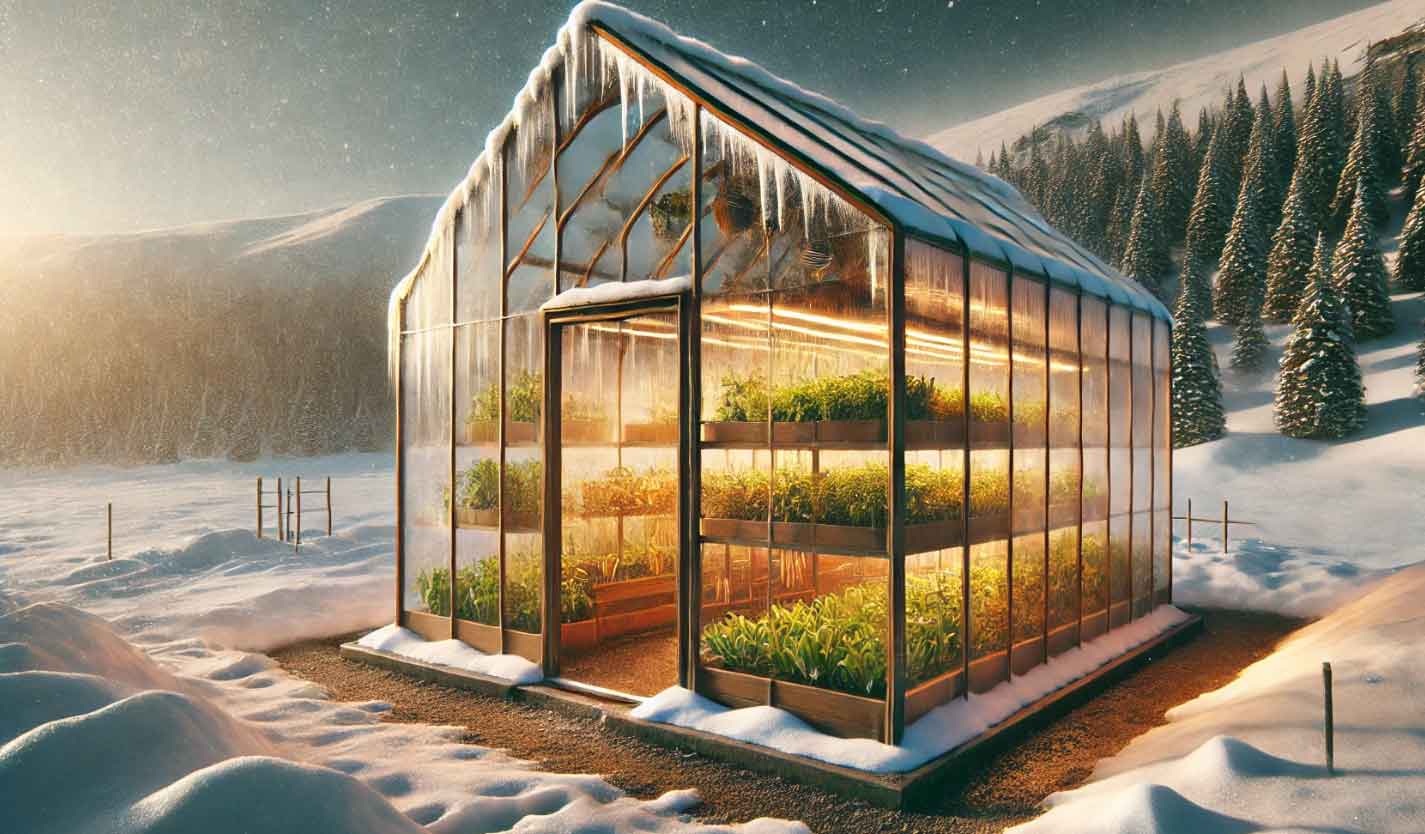Initially, greenhouses were created to help crops survive the winter. Today, with electric heating systems, keeping greenhouses warm during the cold season is no longer an issue. However, electricity costs may be too high for some regions or individuals, equipment maintenance can be complicated, and power outages frequently occur in winter.
So, how can you keep your greenhouse warm without electricity? In this article, we’ll explore techniques that do not rely on electricity.
How to Warm a Greenhouse Without Electricity
We’ll introduce 15 effective methods to help you find the best solution for your greenhouse. Many of these tips are inspired by greenhouse farming practices from northern China’s cold, remote regions, ensuring you can keep your greenhouse warm without relying on electric power.
1. Digging a Frost-Proof Trench
Digging a frost-proof trench is a very effective way to stabilize soil temperature, especially for small greenhouses. Maintaining soil temperature during winter is crucial for crop growth. For example, in northern China, many greenhouse owners dig a trench on their greenhouses’ south-facing side (the sunny side) before winter. The trench is usually about 1 meter deep and 0.5 meters wide. It is filled with sawdust, weeds, manure, and straw, then covered with soil and a plastic film layer. This technique helps prevent heat loss from the soil and ensures that crop roots continue to grow during the coldest months.
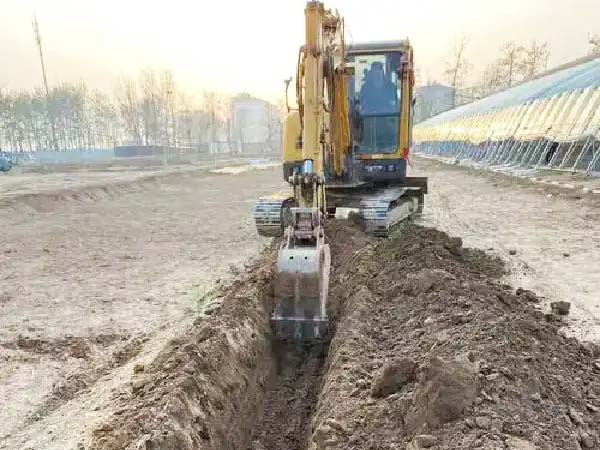
A digger at work, digging a frost-proof trench
2. Apply Organic Fertilizer
Applying organic fertilizer is another great way to stabilize soil temperature. Experienced greenhouse owners usually apply 5 cubic meters of well-composted organic fertilizer per acre before planting, mixing it with microbial fertilizer or using 1,000 pounds of commercial bio-organic fertilizer. This not only provides essential nutrients for crops but also improves soil structure, which in turn helps to keep the soil warmer during winter.
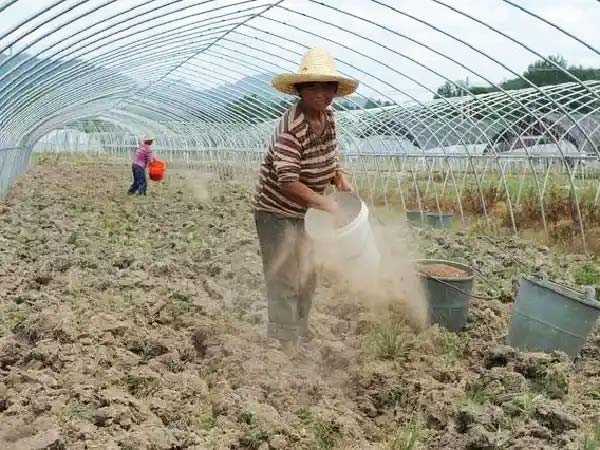
Apply organic fertilizer in winter for better greenhouse vegetables
3. Use Mulch and Water Beneath It
Mulch is an effective method of stabilizing soil temperature, suitable for most greenhouses except hydroponic ones. In winter, it’s recommended to use raised beds covered with mulch. When watering, it’s best to irrigate under the mulch or, even better, use drip irrigation if your budget allows. Additionally, spreading wood ash between vegetable rows can help retain heat.
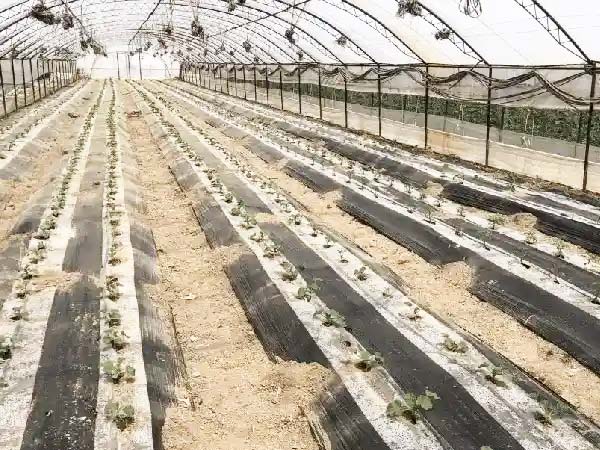
Greenhouse covered with mulch
Winter Watering Tips: Plants are already stressed by the lower temperatures in winter, so try to reduce watering unless necessary. Instead of large amounts of water, use sun-warmed water stored in a sunlit tank inside the greenhouse. Water in the late morning on sunny days to avoid sudden drops in soil temperature.
4. Clean the Greenhouse Cover for Better Light
Whether you use plastic, polycarbonate panels, or glass in your greenhouse, you should start cleaning it in the fall and regularly clear away dust and leaves. This will improve light penetration, which in turn raises the temperature inside. After snowfall, promptly remove the snow to let sunlight into the greenhouse and boost temperatures.
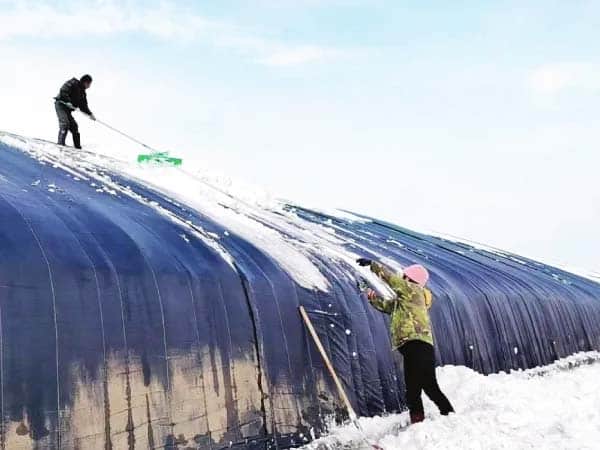
Cleaning snow off a greenhouse after a snowfall
5. Hang Reflective Sheets
In winter, many greenhouse owners in northern China hang reflective sheets on the north side of their greenhouses. When the sun shines from the south, the reflective sheets help bounce the light back onto the plants, increasing the amount of light and the overall temperature in the greenhouse. Make sure to adjust the position of the reflective sheets according to your region’s location in the Northern or Southern Hemisphere.
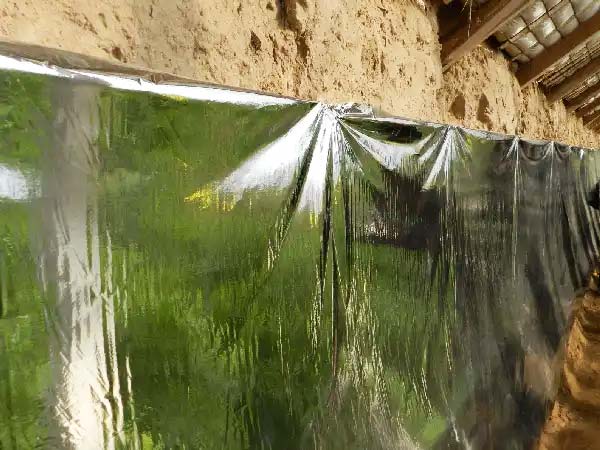
Reflective sheets hanging inside a greenhouse
6. Managing Insulation Blankets
This method is mainly used in subarctic and arctic regions. The timing of uncovering and covering insulation blankets is crucial during winter. The general rule is to adjust according to sunrise and sunset. On sunny days, the blankets can be uncovered between 8:30 and 9:00 a.m. and covered again around 4:00 to 4:30 p.m. However, the exact times should be flexible based on local weather conditions. The key is to avoid a rapid temperature rise inside the greenhouse, so uncover and cover at appropriate times.
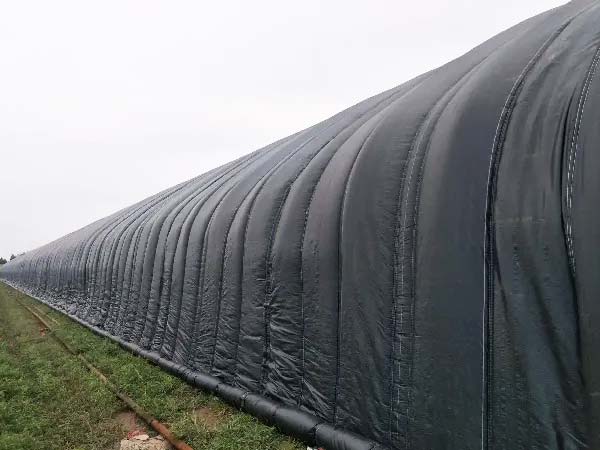
Insulation blankets covering a greenhouse
7. Add More Insulation
This method works for both garden greenhouses and larger commercial setups. You can surround the greenhouse with a layer of materials like corn stalks or straw, compressing them tightly. This will prevent cold air from entering and help retain heat. This simple and effective method helps maintain a stable temperature inside the greenhouse.
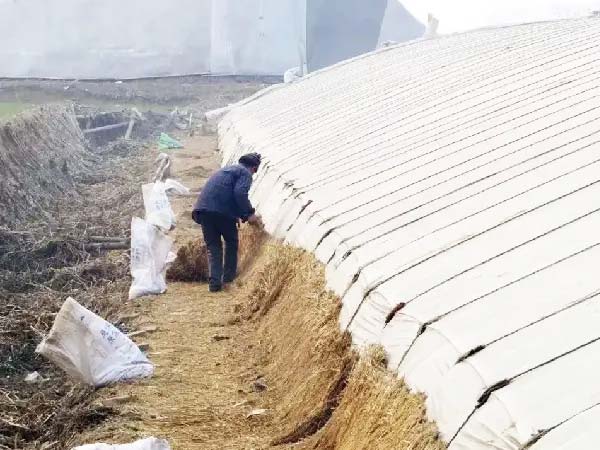
Corn stalks or straw tightly packed around the outside of a greenhouse
8. Set Up an Inner Greenhouse
Building an inner greenhouse creates an additional protective layer for large greenhouses. This double-layer structure can significantly enhance insulation. For small garden greenhouses, adding an extra layer of covering, such as bubble wrap, provides an extra thermal layer, helping prevent heat loss and keeping the temperature stable. Bubble wrap is also affordable, making it an excellent option for home greenhouses.
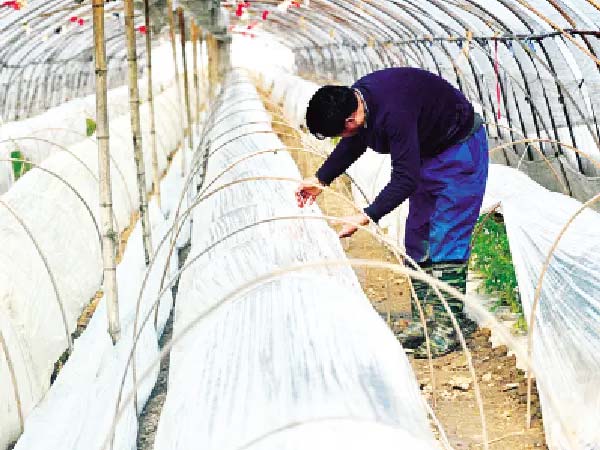
A more miniature greenhouse inside a larger one
9. Ensure Proper Sealing
Whether it’s a small garden greenhouse, a medium-sized one, or a large commercial greenhouse, keeping it well-sealed is essential in winter. For garden greenhouses, you can seal gaps using everyday materials like cardboard, blankets, or frost cloth to prevent cold air from getting in. For commercial greenhouses, focus on managing ventilation systems, ensuring they are properly opened and closed to maintain the right temperature.
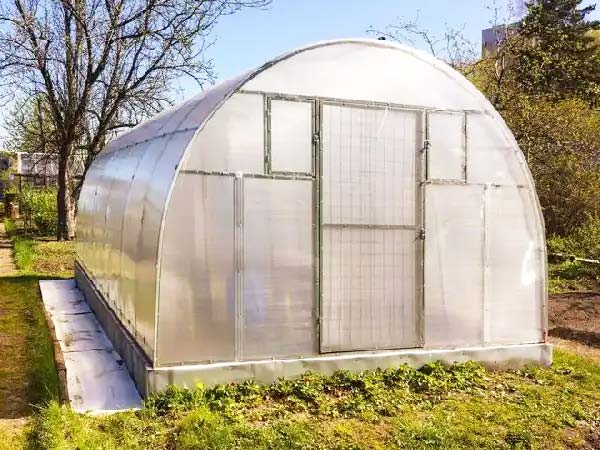
A well-sealed garden greenhouse
10. Create Smoke Around the Greenhouse
Before cold fronts hit, some regions opt to burn straw or other materials around the outside of the greenhouse. The heat from the smoke helps to raise the temperature around the greenhouse, reducing the impact of the cold. This old yet effective method doesn’t involve open flames, making it safe and stable.
11. Use Open Flames for Heating
In some areas, greenhouse owners use open flames for heating, such as burning charcoal with accelerants. While this method can effectively raise temperatures, it has significant drawbacks. It produces large amounts of carbon dioxide, requiring ventilation after a few hours. Open flame heating is more common in small and medium-sized greenhouses, but caution is needed since many covering materials are flammable. Always keep flames away from plastic films and use barriers for added safety.
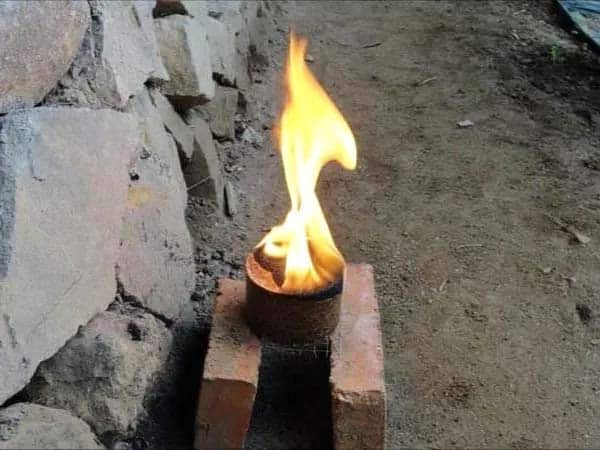
Open flame heating inside a greenhouse
12. Heat Distribution with Small Pots
This method also involves open flames but is more suited for small greenhouses. According to online resources, the principle is to burn alcohol or other flammable substances using small clay pots to distribute heat evenly. This helps to raise temperatures in a small area.
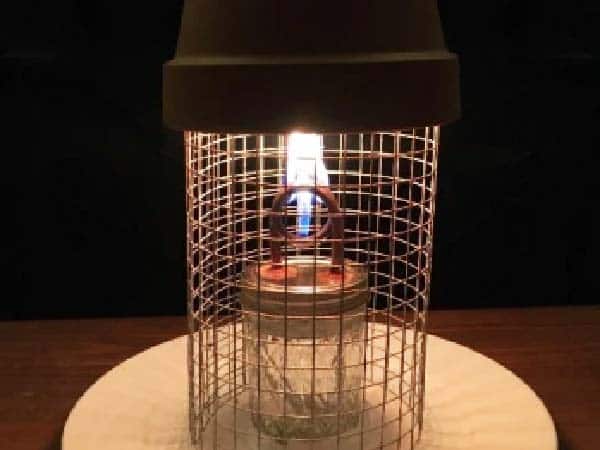
A small clay pot distributing heat
This method is ideal for garden greenhouses, while open flame heating is better suited for small to medium greenhouses. Since both involve fire, it is important to monitor the situation closely to ensure greenhouse safety.
13. Eco-Friendly Greenhouses: Raising Poultry Inside
Some homeowners keep chickens or rabbits inside their greenhouses, which can generate heat in a small space. Chickens, for instance, help control pests and weeds without pesticides while also loosening the soil. Additionally, chicken manure serves as a natural fertilizer, boosting plant growth. This natural cycle allows you to grow vegetables and raise poultry simultaneously, creating a win-win situation.
14. Insulation Curtains for Greenhouses
Although insulation curtains typically require electricity to open and close, the power is only needed during operation. Many large commercial greenhouses install energy-saving thermal curtain systems to reduce energy costs and maintain warmth in winter. These curtains create an air barrier between the greenhouse roof and the curtains, with high-quality insulation curtains offering up to 70% energy savings.
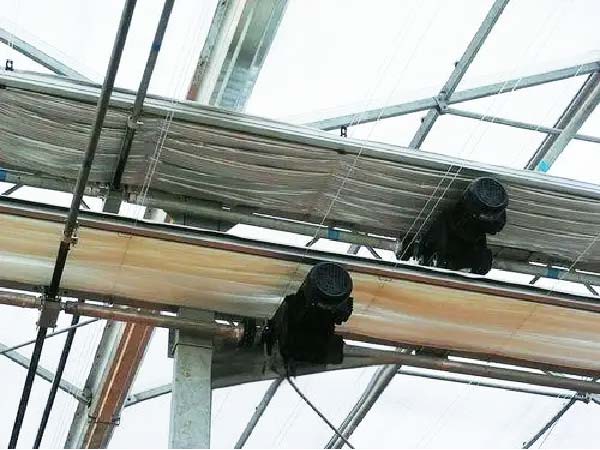
Climate curtain system inside a greenhouse
15. Solar Heaters
While solar heaters seem attractive, relying solely on them to heat a greenhouse is unrealistic, especially if you want to avoid electricity entirely. Solar panels have low energy conversion efficiency and cannot generate enough heat for consistent warming. Most commercial greenhouses use a combination of solar panels and electric systems to offset some costs. Using only solar heaters is not recommended for a small greenhouse, as the upfront purchase and installation costs are quite high, with limited benefits.
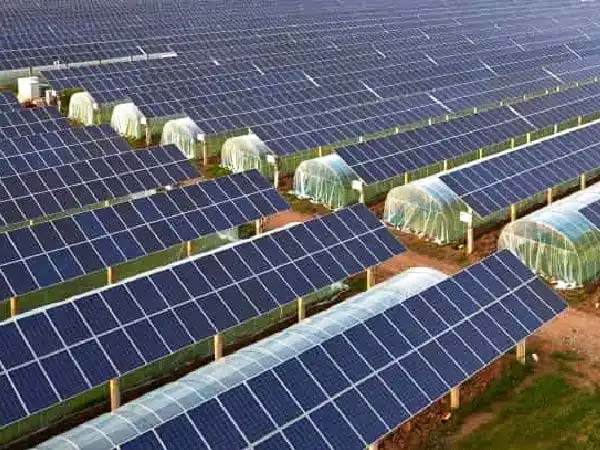
Solar panels installed on a greenhouse
Conclusion
This article outlines 15 energy-saving methods suitable for everything from home greenhouses to large commercial operations. These methods help keep your greenhouse warm during the winter and reduce energy costs. Whether you’re a beginner or an experienced grower, these tips can offer practical solutions to help your greenhouse run more efficiently through the winter.
Please contact us if you are involved in large-scale greenhouse farming and urgently need winter warming solutions. As a professional agricultural protection manufacturer, INSONSHADE can provide various greenhouse protection solutions, such as climate curtain systems, to help your crops survive the challenges of winter.
